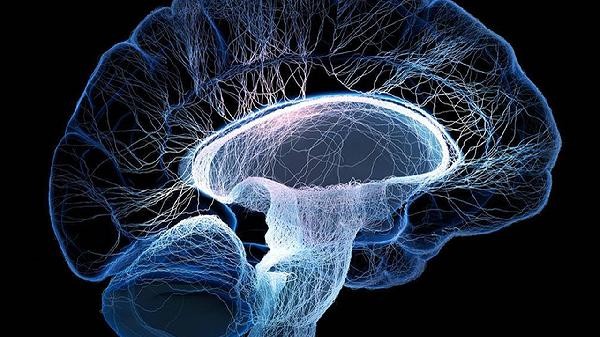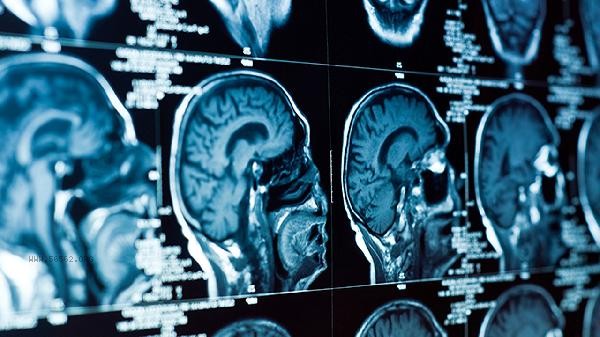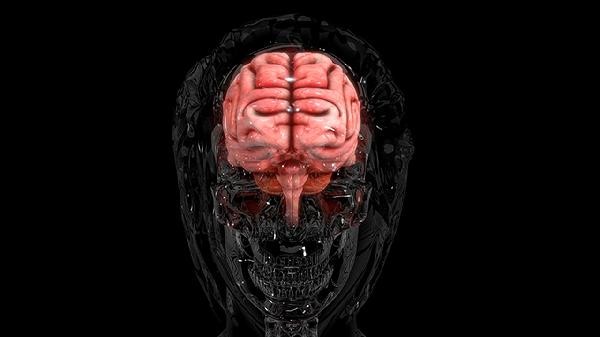Transient loss of consciousness in the brain may be related to factors such as hypoglycemia, cerebral blood supply deficiency, epileptic seizures, arrhythmia, and traumatic brain injury. It is recommended to seek medical attention in the neurology or emergency department. Transient loss of consciousness, medically known as syncope, typically manifests as sudden, transient disturbances of consciousness, which may be accompanied by symptoms such as pale complexion, sweating, or limb twitching.

1. Hypoglycemia
A sharp decrease in blood sugar levels can lead to insufficient energy supply to the brain, causing temporary loss of consciousness. It is commonly seen in patients with diabetes who have overdosed drugs and haven't eaten for a long time. Pre attack symptoms such as palpitations, hand tremors, and hunger may occur. It is recommended to immediately consume sugary foods, regularly monitor blood sugar levels, and avoid fasting exercise. If frequent attacks occur, adjust the hypoglycemic plan.
2. Cerebral ischemia
Reduced blood flow in the vertebral basilar artery system may cause transient ischemic attacks, which are often associated with arteriosclerosis, cervical spondylosis, or orthostatic hypotension. The typical manifestation is sudden dizziness and blurred vision followed by loss of consciousness, which usually recovers on its own within seconds to minutes. Carotid ultrasound, cranial magnetic resonance imaging, and other examinations are required to control underlying diseases such as hypertension.
3. Seizures
Partial seizures or absent-minded seizures may lead to sudden consciousness disorders, commonly seen in epilepsy patients who do not take medication properly or are exposed to flashing stimuli. During the attack, it may be accompanied by eye rolling, limb rigidity, or automatisms. EEG examination can detect abnormal discharges, and long-term use of antiepileptic drugs such as sodium valproate and levetiracetam is necessary to control them.

4. Arrhythmia
Severe bradycardia or ventricular tachycardia can cause a sudden decrease in cardiac output, leading to insufficient cerebral perfusion. Commonly seen in patients with coronary heart disease, myocarditis, or long QT syndrome, there may be symptoms such as palpitations and chest tightness before the onset. Dynamic electrocardiogram examination is required, and if necessary, a pacemaker should be installed or antiarrhythmic drugs such as amiodarone should be taken.
5. Brain trauma [SEP]: After being hit on the head, a concussion may occur, manifested as transient loss of consciousness accompanied by retrograde amnesia. It often occurs in sports injuries or accidents, and in severe cases may be accompanied by intracranial hemorrhage. Immediate head CT examination is required to rule out critical situations. Avoid vigorous activity during the acute phase, and residual symptoms such as headache and dizziness may occur during the recovery phase. After a brief loss of consciousness, one should maintain a supine position to avoid falling and injury, and record the duration of the attack and accompanying symptoms. It is necessary to avoid standing for a long time, keep regular work and rest, and control basic diseases such as hypertension and diabetes. It is recommended to improve blood glucose, electrocardiogram, electroencephalogram and other examinations. The neurology department can further evaluate the function of the central nervous system, and the emergency department can quickly deal with cardiogenic or traumatic syncope. Frequent attacks or accompanied by symptoms such as chest pain and persistent headaches require immediate medical attention.








Comments (0)
Leave a Comment
No comments yet
Be the first to share your thoughts!